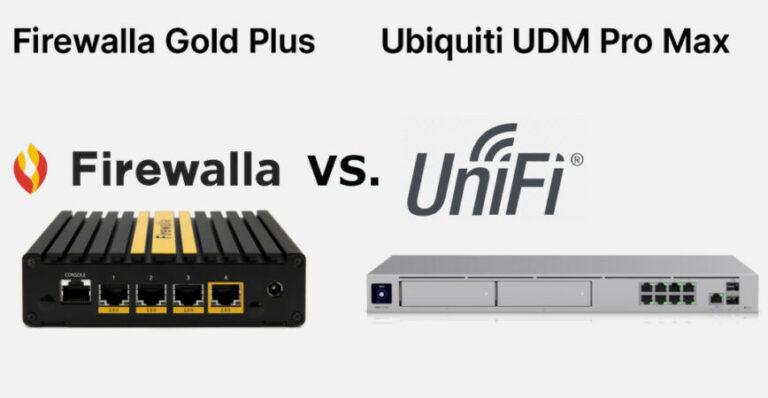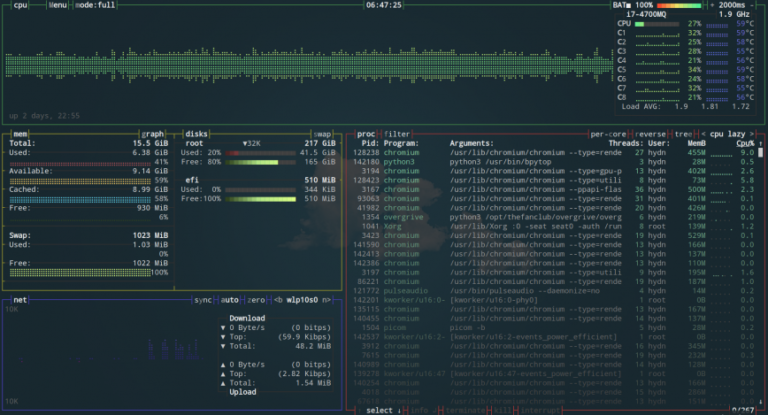
I also recommend integrating real-time observability tools like Pixie or Grafana Tempo to diagnose and optimize cluster performance continuously.
Looking across your research and publications, what do you believe is the single most important mindset shift engineers and architects need to adopt when designing for the cloud?
What makes this book different is that it’s engineering-focused and platform-aware. I walk readers through real-world patterns such as deploying inference pipelines on Kubernetes, building serverless data ingestion layers, and integrating CI/CD with ML workflows. It includes how APIs, autoscalers, MLOps, and monitoring tools work together to deliver resilient AI services. It’s not just about models but it’s about designing systems that are intelligent by design and resilient by architecture.
One challenge is managing model lifecycle complexity from training and versioning to inference and drift monitoring. Most teams focus heavily on training but struggle to deploy and monitor models at scale. This includes:
Your book Building Intelligent Systems with AI & Cloud Technologies presents a hands-on blueprint for scalable systems. What inspired you to write it, and how is it different from other books in this space?
You’ve studied optimization strategies in cloud computing, including load balancing and task scheduling. What are the most impactful advancements you’ve seen in these areas recently?
My book was born out of a gap I saw in the industry: teams could build models or deploy microservices, but very few knew how to bring them together to form production-grade intelligent systems. I’ve seen countless projects stall in the transition from prototype to production not because the AI wasn’t good, but because the system architecture couldn’t support its scale, latency, or security needs.
Resilience in cloud-native applications doesn’t come from a single tool, it comes from a mindset. Systems should assume failure and be built to recover gracefully. My research in Cloud-Native Development and Beyond the Monolith outlines these core principles:
You can get a copy of it on Amazon: https://www.amazon.com/dp/B0F9QP7STW/
Security in multi-tenant cloud environments is one of themes in your work. What are some of the most critical risks organizations face when deploying multi-tenant architectures today?
- Microservices & loose coupling: Services should fail independently without impacting the system as a whole.
- Declarative infrastructure: Tools like Kubernetes, Terraform, and Helm help enforce consistency and rapid recovery.
- Observability-first approach: Logs, metrics, and traces must be first-class citizens. Over 60% of cloud outages are linked to insufficient visibility.
- Autoscaling & redundancy: Systems should react to demand, not break under it.
Can you share a bit about your background and how you became involved in cloud computing research?
In your book, you emphasize the integration of AI and cloud infrastructure. What are some of the real-world challenges developers face when deploying AI in production on the cloud?
You’ve conducted research on cloud-native development, container orchestration, and serverless computing. In your view, what are the core principles behind building resilient, cloud-native applications?
The last few years have seen remarkable innovation in intelligent resource management. Kubernetes now supports plugin-based schedulers like Volcano and Koordinator, which use predictive algorithms to optimize pod placement. This can reduce cold-start latency for time-sensitive workloads like ML inference.
Event-driven autoscaling is another major shift. Tools like KEDA (Kubernetes Event-driven Autoscaling) allow systems to scale based on metrics such as queue depth or message lag and not just CPU or memory. This is vital for real-time analytics and batch processing jobs. My paper on task scheduling optimization shows how nature-inspired algorithms, when combined with workload-aware autoscaling, can significantly improve system throughput and reduce cost overheads in multi-cloud deployments.
My recommendation: treat compliance like code. It should be versioned, peer-reviewed, and tested, just like any other part of your deployment strategy.
The book explains how components like autoscalers, monitoring tools, and registries work together to address these challenges. My approach emphasizes architectural readiness just as much as model accuracy.
Governance in the multi-cloud era must be uniform, automated, and policy-driven. Each provider namely AWS, Azure, GCP offers unique tools, but organizations should layer a common control plane over them. This includes:
Many of your papers focus on performance tuning in Kubernetes and containerized environments. What are your top recommendations for optimizing cloud infrastructure at scale?
- Latency management: Real-time models must respond quickly, which requires efficient GPU utilization or serverless inference strategies.
- Security & access control: Exposing model endpoints via APIs requires strict authentication, rate limiting, and input validation.
- CI/CD for ML (MLOps): Developers must track not just code, but data, hyperparameters, and experiment metadata.
These principles are foundational for any system expected to operate 24/7 in an unpredictable cloud environment.
The most critical shift is moving from control to orchestration. Traditional on-premise systems emphasized predictability and control: static IPs, monolithic servers, manual patches. Cloud systems are dynamic, ephemeral, and distributed. Engineers must now design for:
Cloud Security Architecture shows how shared services like IAM, WAF, Container Security, etc must be designed with strict boundary enforcement. Risks such as token leakage, unscoped IAM roles, or improper key sharing can escalate rapidly. Implementing fine-grained RBAC, enforcing namespace isolation, and continuously auditing access controls are essential to maintaining a secure multi-tenant ecosystem.
- Policy-as-Code: Using OPA or Sentinel to enforce infrastructure policies at deployment time.
- Unified identity management: Federating roles and groups across clouds using tools like Azure AD B2C or GCP’s Workload Identity Federation.
- Compliance monitoring: Integrating CSPM platforms such as Wiz or Prisma Cloud into CI/CD pipelines to catch violations early.
Multi-tenancy offers cost and efficiency benefits, but it also brings elevated risk. In my study A Study of Cloud Security Frameworks for Safeguarding Multi-Tenant Architectures, I found that one of the most common issues is weak tenant isolation. When access controls are misconfigured, or when shared components like APIs or logging systems aren’t properly segmented, tenants can inadvertently gain visibility into others’ data.
Earlier, I focused on cloud migration and disaster recovery automation, helping enterprises modernize legacy systems. Currently, Ileadengineering efforts for cloud-native analytics platforms at a Fortune 500 company. These experiences have exposed me to the challenges of cloud computing, distributed systems, and virtualization at scale. That’s when I began formalizing my knowledge through research. Today, my work blends academic exploration with hands-on experience, focusing on cloud-native architecture, AI infrastructure, and secure multi-tenant designs—areas that are crucial for next-gen intelligent systems.
By Randy Ferguson
- Every component must prove its identity, even when communicating internally.
- Network boundaries no longer matter but what matters is continuous verification.
- Context-aware access (based on location, time, and workload health) determines permissions dynamically.
How do you see the role of Zero Trust evolving in the context of cloud-native systems and distributed applications?
There are several key techniques:
Zero Trust has evolved from being a buzzword to becoming a design principle. In cloud-native environments, it means:
- Right-sizing resource requests/limits: Many workloads over-request CPU, leading to underutilized nodes. Tools like Vertical Pod Autoscaler help correct this.
- Choosing the right CNI plugin: For high-throughput needs, use Cilium with eBPF support. For latency-sensitive apps, Calico with IP-per-pod can offer better performance.
- Implementing affinity/anti-affinity rules: This prevents noisy neighbor issues and improves high availability.
- Using autoscaling intelligently: Combine Horizontal Pod Autoscaler (HPA) with custom metrics to fine-tune scaling behavior.
Srinivas Chippagiri brings a rare blend of deep technical expertise and cross-industry experience, having led software engineering initiatives across healthcare, energy, telecom, and CRM. Now at a Fortune 500 CRM company, he focuses on building scalable analytics platforms and secure, AI-ready cloud systems. With a career marked by innovation awards and leadership roles at GE Healthcare, Siemens, and RackWare, Srinivas offers a seasoned perspective on modern computing challenges. In this interview, we dive into his journey, the real-world struggles of AI deployment, and the architectural principles that power resilient, intelligent cloud-native systems—offering a practical roadmap for today’s tech builders.
When engineers embrace this mindset, they unlock the true potential of the cloud: systems that are not just scalable, but intelligent, adaptive, and self-healing.
With the growing complexity of hybrid and multi-cloud deployments, how should organizations approach governance and compliance across different cloud environments?
- Resilience, not reliability—because failure is expected
- Automation, not manual intervention—through CI/CD and GitOps
- Observability, not guesswork—using logs, metrics, and traces
- Abstraction, not tight coupling—via containers and APIs
Service meshes like Istio and Linkerd enable this at the application layer. NIST 800-207 has codified these patterns, and cloud platforms are building native support for Zero Trust into services like AWS Verified Access and Azure Conditional Access. As systems become more composable, Zero Trust ensures that security follows the workload, not the perimeter.
My journey into cloud computing stemmed from practical needs encountered in diverse industries. I have worked on software products and infrastructure for multiple sectors such as healthcare, energy, telecom, enterprise data, and analytics. These environments demanded high reliability but were often constrained by on-prem limitations. As business and operational requirements evolved, particularly around real-time processing and global scalability is when I realized traditional architectures couldn’t keep pace.






